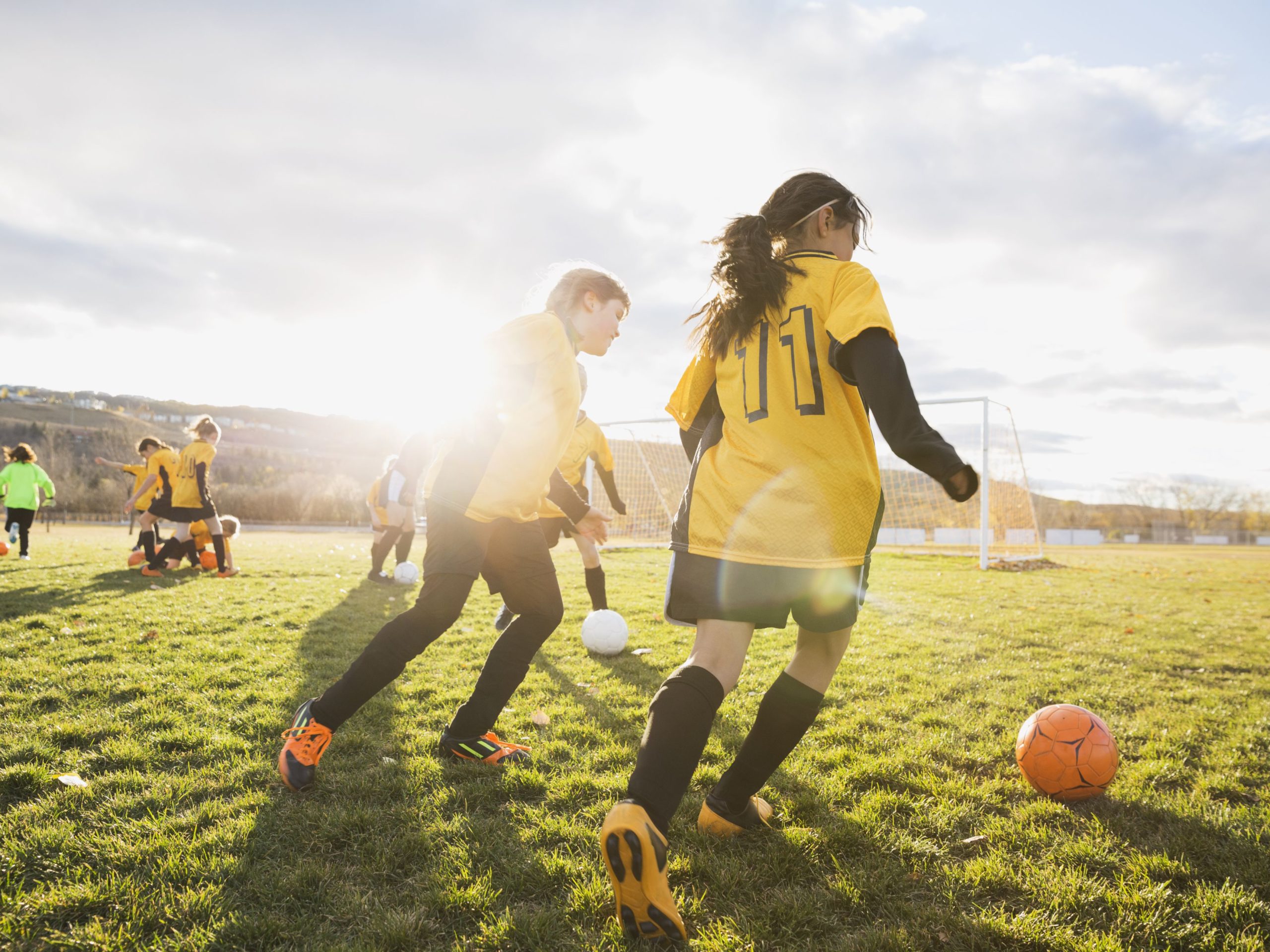In our daily life, we can hardly ignore sports. There are lots of sports that we love and participate in. Some popular sports include Football, Golf, Tennis, Cycling, Skiing, Skateboarding, Beach Volleyball, Rugby, Basketball, Ice Hockey and Handball among many others. Sports (or recreational sports) is any types of usually organized or competitive physical activity that, through either organized or casual participation, aim for the use, develop or enhance physical prowess and skills, and in most occasions, provide entertainment for participants, and even spectators.
All sports come with rules and a set of rules designed; to create fairness and safety for players, spectators and other involved in the activity. The main objective of a sports activity is the attainment of a common goal by using physical dexterity and athletic abilities, often using a certain part of the body (arms, legs, torso, head) in a specific way. This type of game usually needs a specific direction from the players or team. In general, sports activities that require physical dexterity, athletic ability, team work and mental capacity, also requires a lot of endurance and stamina, and above all, self-control and calmness under pressure.
- We can divide sports into two broad categories, physical and non-physical. Non-physical sports do not require the usage of any equipment or devices.
- They involve only the application of physical techniques. An example of a non-physical sport could be a game of golf, swimming, horseback riding, tennis, badminton, baseball and so on.
- Physical activities, however, on the other hand, require a particular type of equipment and devices, equipment that is either worn by the participants or is carried by them.
- Some examples of physical sports are football, rugby, ice hockey, basketball, volleyball, swimming and cycling.
Non-physical sports are far more common than physical activities; They are, however, becoming more popular all over the world, due to the ever increasing demand for higher levels of fitness and healthiness and to the need to keep a fit body for longer periods of time. As opposed to the global sporting events which can last several days, the non-sportive sports span a very short period of time, such as a weekend, where the participants may show up only for a quick jog or catch up on their favorite game.
Sports are categorized according to three factors: physical activities, motor skills, and intellectual skills. A sport can only be categorized as physical, if it requires the involvement of both the faculties of the body. Therefore, most popular Olympic sports, such as swimming, cycling, rowing, and track and field, are classified as physical activities. Motor skills include sprinting, throwing, catching, swimming, kicking, etc., while intellectual skills are involved in reading, writing, listening, and making calculations. And last but not least, sportive skill, such as playing soccer or gymnastics, is the combination of all three components of skills mentioned.
The sport element of activity can be considered as the amount of effort exerted during the activity; while the outcome is the end result that can be seen after the sport event is over. This end result is not only the product of the amount of physical and mental exertion of each participant, but also the product of the type of sport that was played – whether it was a contest a race, a battle, or a sport special event. Furthermore, sports may also involve social interaction between the players; thus, the term sportsmanship. Finally, a sport can be considered as an individual sport, or as a participant in a group, whether organized teams or competitive leagues.

